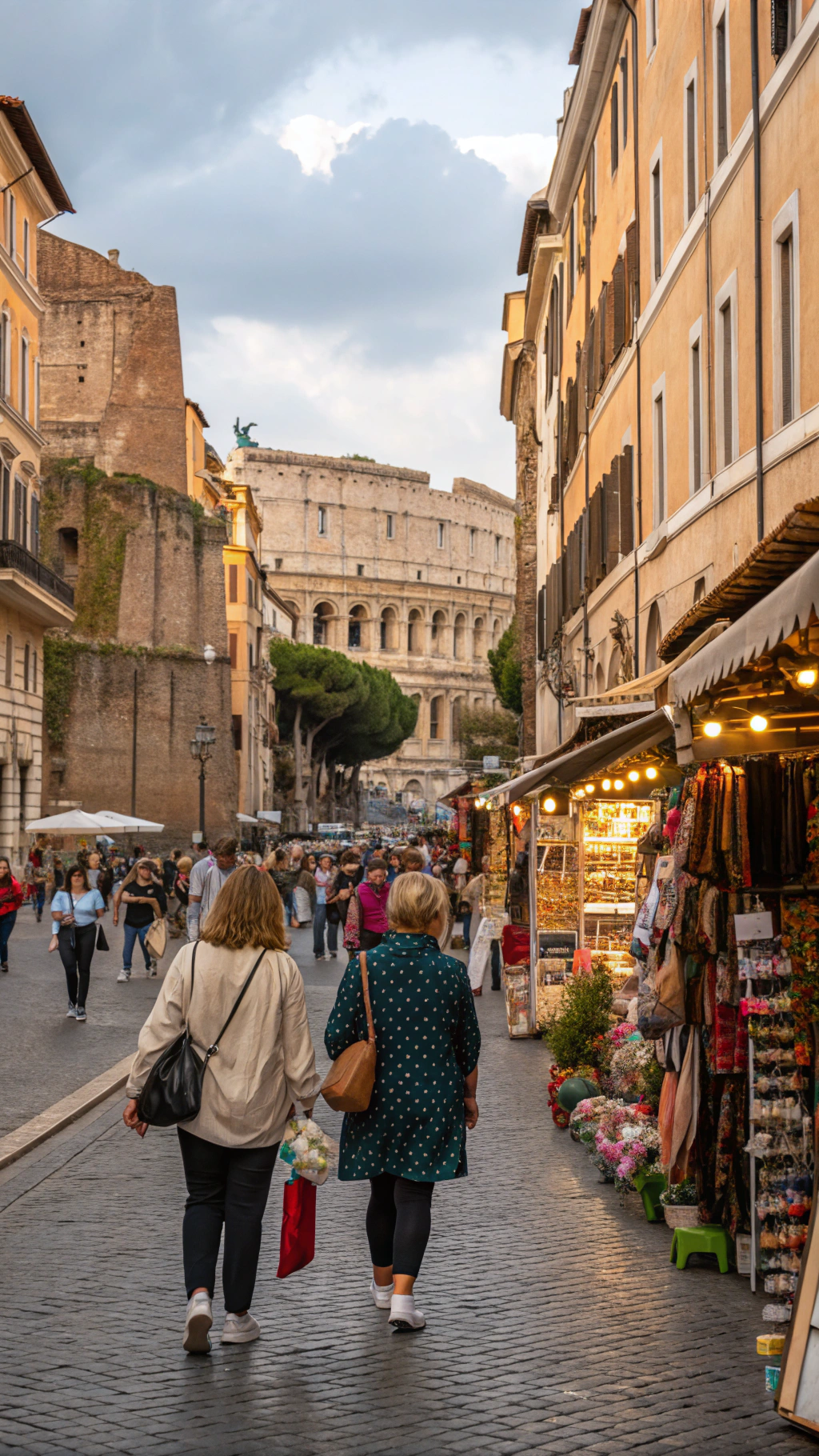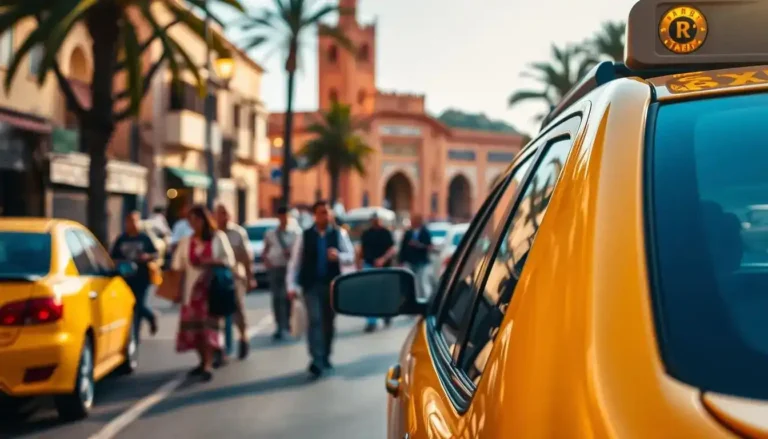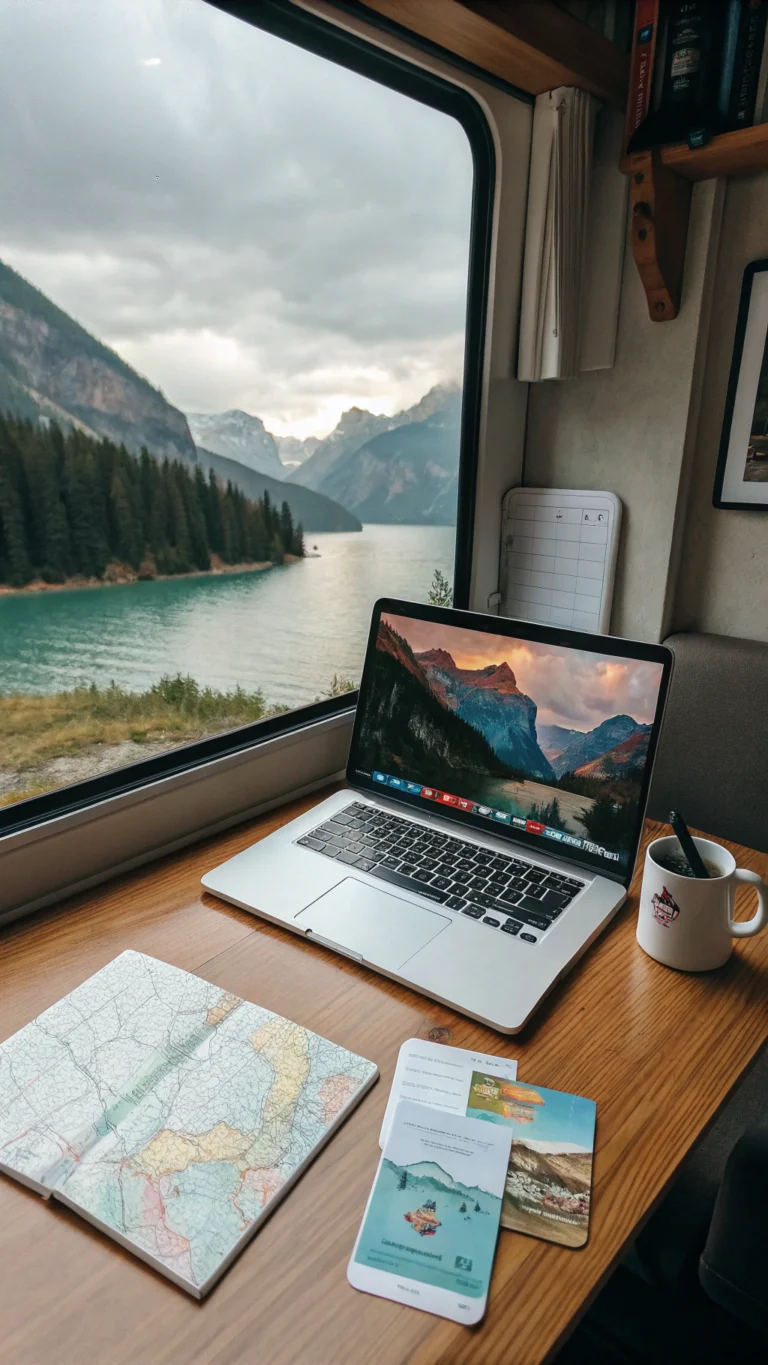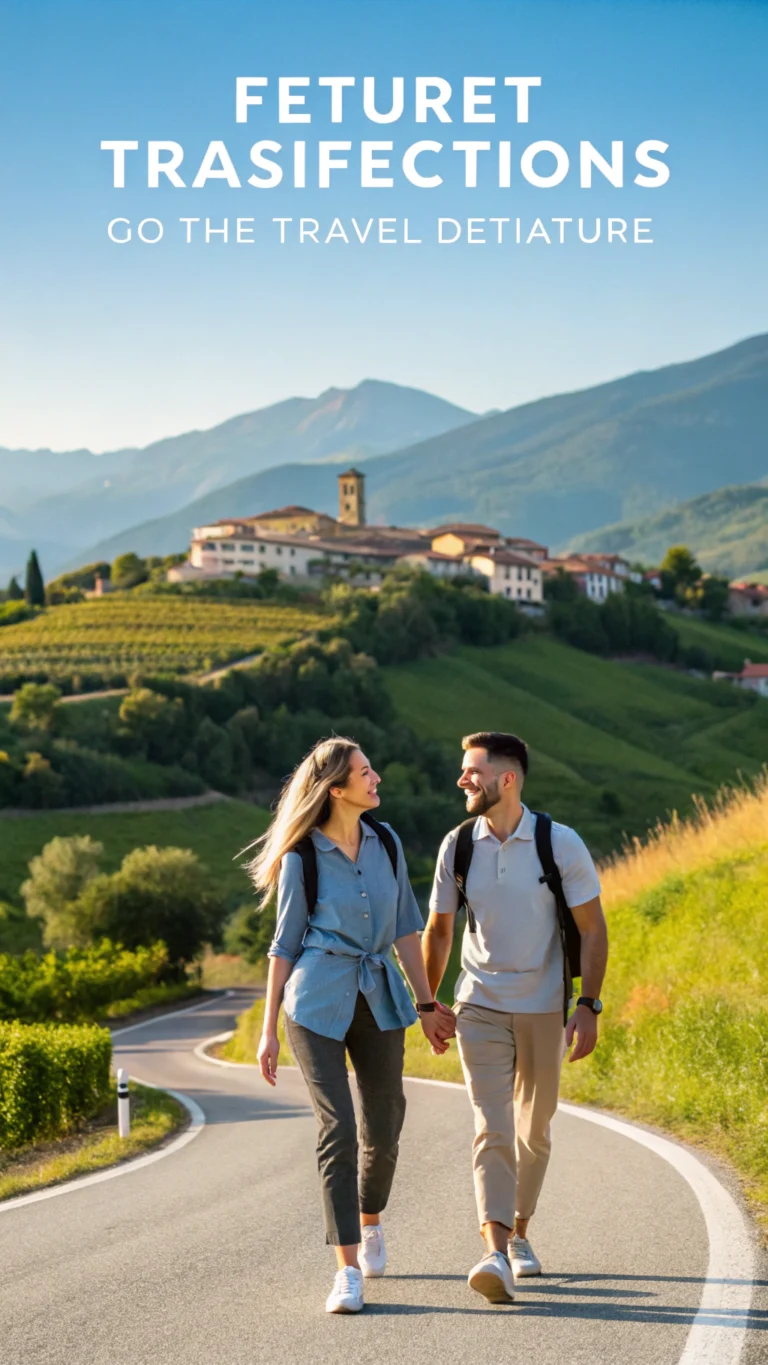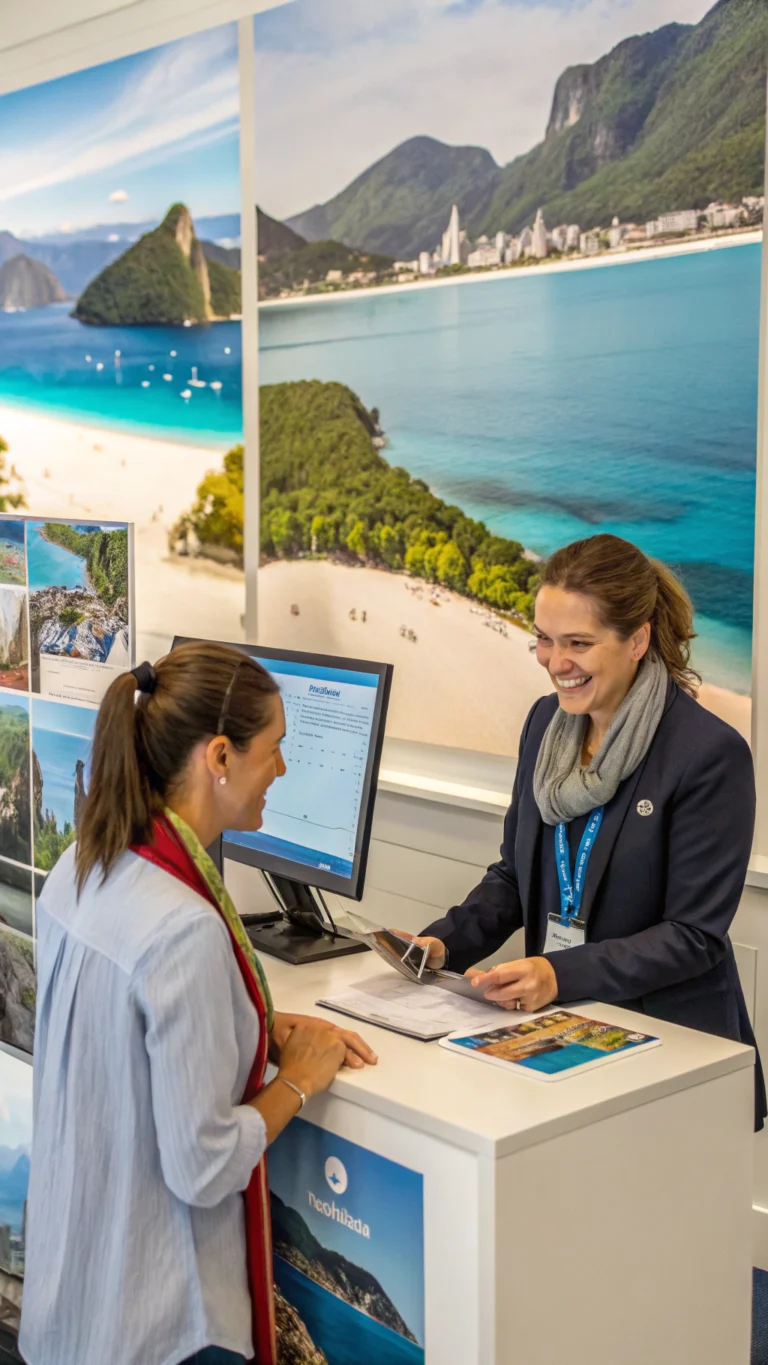Shopping in Rome: 7 Best Hidden Gems for Fashion Lovers
Table of Contents
Introduction
Less than 2% of the 16 million visitors who visit Rome’s Colosseum each year make the effort to explore the city’s genuine fashion gems outside of the main shopping areas. Rome, Italy’s second-largest fashion hub after Milan, has much more to offer shoppers than the upscale shops on Via Condotti. The true enchantment occurs in the less well-known neighborhoods, where regional craftspeople have embraced modern Italian style while preserving centuries-old workmanship. Astute fashionistas can discover one-of-a-kind pieces that narrate tales of Roman ancestry in these obscure corners.
Destination Overview
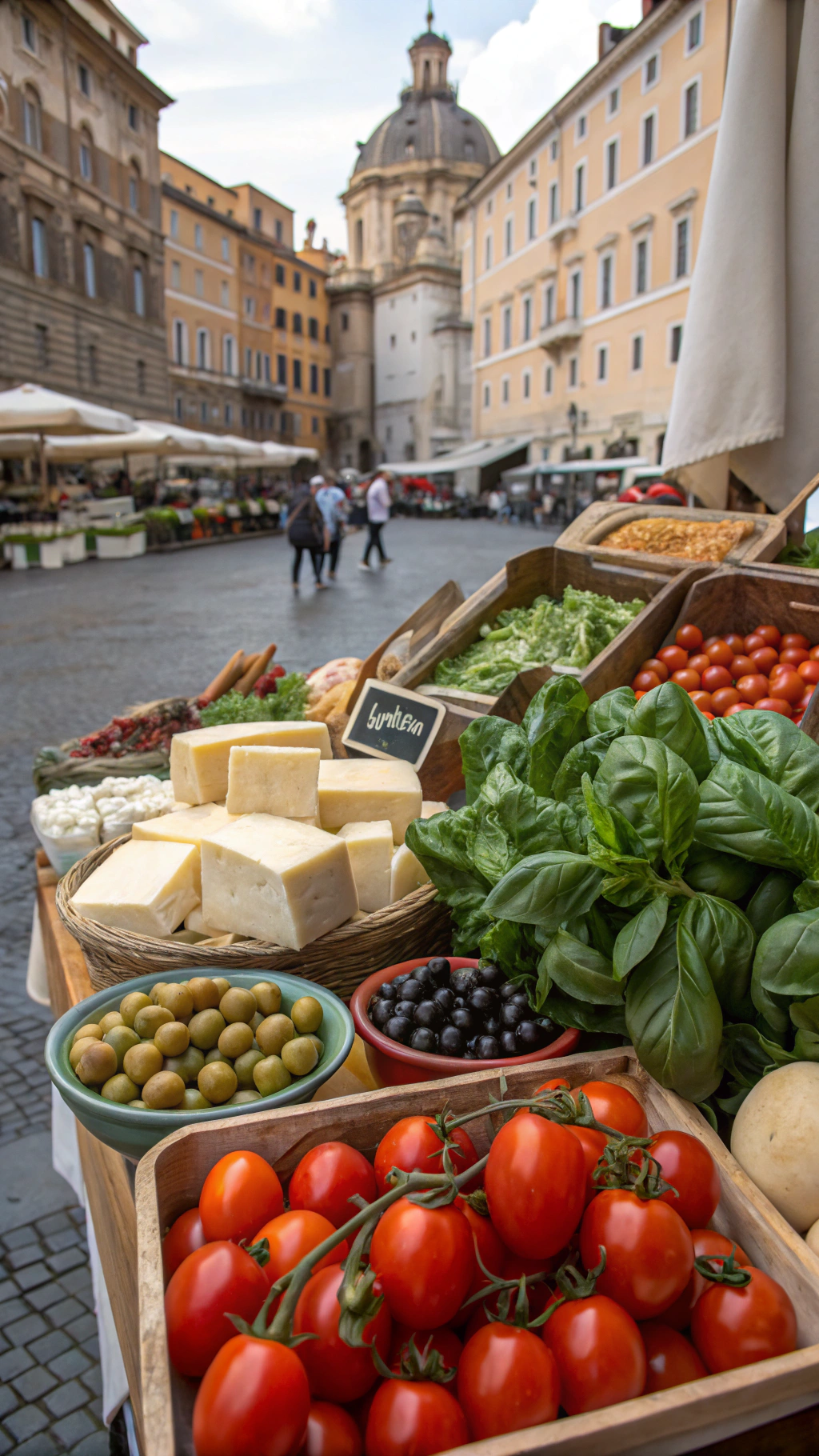
Rome’s shopping culture is a fascinating fusion of ageless heritage and cutting-edge innovation, reflecting the city itself. Milan may be vying for the Italian fashion crown, but Rome’s retail scene offers something very different: craftsmanship-based authenticity. From historical marketplaces to medieval guilds to today’s boutique-lined avenues, the city’s shopping districts have developed unique retail personalities.
The biannual sales periods (saldi) in winter (early January through mid-February) and summer (early July through August) are the finest times to shop in Rome. Mid-April to May and September to October provide good weather and fully-stocked new collections for a more laid-back experience with fewer crowds. Steer clear of August, when a lot of family-run shops close for the holidays.
Travel Itinerary
One-Day Shopping Expedition
- Morning (9:00-12:00): Begin in Monti district for vintage finds and independent designers
- Lunch (12:30-2:00): Quick bite at a local trattoria to recharge
- Afternoon (2:30-7:00): Explore artisan leather workshops in Trastevere
- Evening (7:30-9:00): Aperitivo at a stylish bar to showcase your new purchases
This concentrated route saves you approximately 3 hours compared to scattered shopping across tourist areas, while exposing you to authentic Roman style.
Must-See Shopping Districts
1. Monti: The Bohemian Fashion District
Once Rome’s red-light district, Monti has transformed into the city’s most vibrant fashion neighborhood. Via del Boschetto and surrounding streets house boutiques like “Le Gallinelle” (handmade women’s wear) and “Ashanti Galleria” (emerging designers). What makes Monti special is the direct connection with designers—many work in studios behind their shops.
2. Trastevere: Artisan Craftsmanship
Cross the Tiber to discover Trastevere’s hidden workshops where third-generation leather artisans create bespoke bags and shoes. “Remeo” on Via della Scala offers customized leather goods at 30-40% less than mainstream luxury brands, with personalization included in the price.
3. Prati: Sophisticated Local Fashion
Near the Vatican but worlds away from tourist traps, Prati’s Cola di Rienzo street offers mid-to-high-end Italian brands frequented by stylish Romans. “Gallo” stocks handcrafted socks in 100+ colors that have adorned Italian feet since 1927.
4. Testaccio: Vintage and Second-hand Treasures
Built around an ancient Roman trash hill, today’s Testaccio hosts weekend markets where vintage Fendi, Gucci, and Valentino pieces can be discovered for a fraction of retail prices. The Sunday “Mercato Testaccio” features pre-loved designer items starting at €50.
5. Via Sannio Market: The Bargain Hunter’s Paradise
Located near San Giovanni, this daily market offers everything from genuine sample sales to quality reproductions. Arrive early (8:00 AM) for the best selection and authentic designer pieces from previous seasons.
6. Pantheon Area Artisan Shops
Hidden on side streets around the Pantheon, centuries-old boutiques specialize in items rarely found elsewhere: “Antica Legatoria Casciani” crafts handmade paper products, while “Omega” has created custom gloves for Roman hands since 1923.
7. EUR: Contemporary Italian Design
This Fascist-era planned district surprisingly houses cutting-edge concept stores like “SAID” where young Roman designers display architectural fashion pieces that reflect the district’s modernist influence.
Where to Stay
For serious fashion enthusiasts, accommodation location is crucial for shopping success:
- Monti: Hotel Forum offers 4-star comfort with 5-minute access to boutiques
- Trastevere: Hotel Donna Camilla Savelli provides atmospheric lodging in a converted monastery
- Centro Storico: Albergo del Senato places you between shopping districts for maximum efficiency
Budget-conscious travelers should consider guesthouses in Prati, where €80-120/night provides clean, comfortable bases for your shopping expeditions.
Food & Local Cuisine
Refueling between shopping sprees is essential. For quick, authentic meals:
- Pastificio Guerra: Near Spanish Steps, serving fresh pasta to-go for €4-5
- Mercato Centrale: Food hall near Termini with quality vendors and seated areas
- Antico Forno Roscioli: Historic bakery offering pizza slices and supplì (fried rice balls)
For fashion-forward dining, “Mater Terrae” atop Raphael Hotel offers organic vegetarian cuisine with a view of Rome’s skyline—perfect for showing off new purchases.
Travel Tips & Essentials
- Tax Refunds: Non-EU visitors spending over €155 in a single store can reclaim 22% VAT at airport customs
- Opening Hours: Most boutiques operate 10:00 AM-7:30 PM, with 1-3 hour afternoon closures mid-week
- Bargaining: Acceptable at markets but not in established boutiques
- Payment: Carry cash for small shops as some have minimum card purchase requirements
- Transport: Wear comfortable shoes and use Metro Line A for major shopping districts
Common Mistakes to Avoid
- Focusing only on luxury brands: Rome’s unique appeal lies in independent designers, not international names
- Shopping near major attractions: Prices increase by 30-50% in tourist-heavy areas
- Neglecting research: The best boutiques often lack street visibility—research specific addresses beforehand
- Forgetting measurement conversions: Italian sizing differs from US/UK standards
Budget Breakdown
- High-end boutique item: €150-500
- Artisan-crafted accessory: €80-200
- Vintage designer piece: €100-300
- Market bargains: €20-70
- Custom-made shoes/bags: Starting €250 (50% less than branded equivalents)
Average shopping budget for quality pieces: €300-500 per day, excluding luxury brands.
Final Thoughts
Rome’s commercial district offers a much more genuine glimpse of the city’s spirit than its monuments alone. By exploring these seven districts outside of the tourist areas, you’ll find not just distinctive fashion but also relationships with the craftspeople who best represent Rome’s artistic culture. These obscure workshops and boutiques are home to the real fashion identity of the Eternal City, where wearable art is created by fusing innovation and tradition.
Plan your shopping trip to Rome now, and make sure every purchase you make has a backstory!
FAQs
What time of year do the best sales occur in Rome?
A: January through February and July through August are the official sale periods for saldi, during which time the discounts gradually rise from 30% to 70%.
Is it worthwhile to go leather shopping in Rome?
A: Of course! Leather artisans in Rome provide leather goods of a caliber similar to that of Florence, but with distinctive Roman design and frequently at a lower cost.
How can I determine the authenticity of vintage designer goods?
A: Ask for authentication cards, check the quality of the stitching, and confirm the original hardware. Credible vintage stores such as “Flamingo” offer authenticity certifications.
Do Roman boutiques generally take credit cards?
A: While the majority of well-known stores take major credit cards, smaller markets and boutiques frequently impose minimum purchases or prefer cash.
Is it possible for me to commission personalized things during a brief visit?
A: Indeed! Complete bespoke products usually take longer, but many craftspeople provide 24-72 hour turnaround for specific sizing or monogramming.

